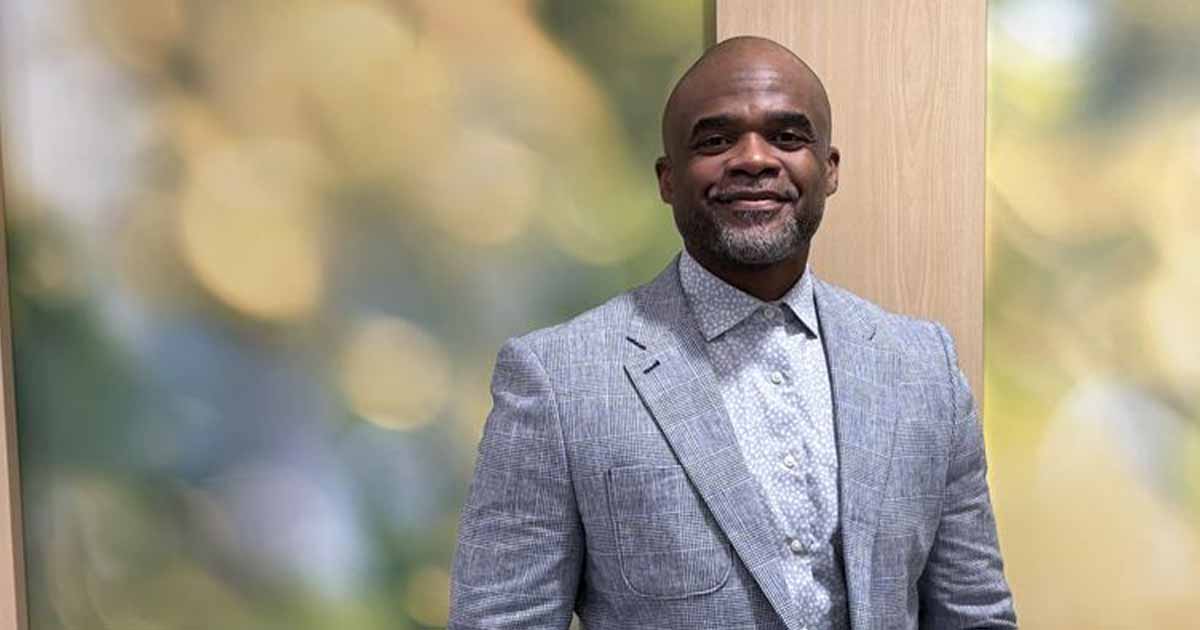AUSTIN, TX – When the American Telemedicine Association's 18th Annual International Meeting & Trade Show kicks off on Sunday night, Mercy Health President and CEO Lynn Britton will take the stage to shine the spotlight on his 31-hospital system, widely regarded as one of the leaders in the use of telemedicine in the nation.
Overseeing much of that is Wendy Deibert, RN, BSN, executive director of telemedicine services for the St. Louis-based network. Deibert has been an advocate for the advancement of telemedicine and the development of new initiatives that help bring healthcare outside of the hospital's walls.
Deibert recently answered these questions poised by mHIMSS.org Editor Eric Wicklund about Mercy's programs.
Q: How does telemedicine figure into your job responsibilities? How were you first introduced to the concept, and has it evolved as you'd anticipated?
I was first introduced to telemedicine through our TeleICU implementation across our health system. We brought up 10 hospitals and 350 monitored ICU beds in 18 months. Through the trials and tribulations of this effort we learned firsthand about telemedicine. As our experience grew, we saw all the opportunities telemedicine could bring to our rural patient population and those places we had specialty physician needs. Now my role has expanded to 72 telemedicine projects in every specialty imaginable and crosses the continuum of care from hospital, post acute care, clinic and even the patient's home.
Q: What are biggest issues facing the ATA? How should they be resolved? Do you see any new ones on the horizon that should be addressed now?
Licensing, reimbursement/ROI, provider shortages and the cost to implement/maintain telemedicine equipment.
Legislation is needed for universal licensing across the country for all providers (MDs, APN/NPs, nurses, dieticians, social workers, etc.). State licensing can take anywhere from three to 12 months to complete the process; it is expensive and is challenging to maintain. The ATA needs to continue to lobby for universal licensing.
Telemedicine is accepted/reimbursed to some degree, but needs further expansion and lobbying is needed for coverage within the realms of Medicaid/Medicare and managed care plans. The ATA needs to continue to lobby in all arenas of reimbursement.
Establishing the ROI/cost value for any telehealth program is challenging to sell to most senior leadership and financial officers. It is easy to find the quality measures of reducing length of stay, decreasing travel time for both the patient and physician and improved outcomes, but these are soft dollars that do not add up on the bottom line. As members of the ATA we need to work together to develop strategies to help expand telemedicine everywhere.
Everyone is experiencing challenges in finding specialty physicians and we are competing for the same limited pool. We need to think differently about how we cover these needs, and telemedicine is a perfect venue to expand coverage where resources are limited. The ATA has done a great job to define standards for telemedicine specialty guidelines and needs to continue this development for all specialties.
Telemedicine equipment is expensive not only to purchase, but to maintain over time. Now that the FDA has begun to regulate this type of equipment, it is becoming even more challenging. We have to find ways to provide telemedicine in a cost-effective way that is as close to face-to-face as possible. The ATA needs to continue to develop standards around equipment, audio/video, security/encryption and bring-your-own devices for telemedicine delivery
Q: Who's driving the adoption of telemedicine and mHealth these days – the physicians, the administrators or the consumers? Why?
The patient is driving the adoption of telemedicine. Due to economic times, patients do not want to travel for care. They want to stay close to home. We are getting Facebook requests weekly for telemedicine visits within their community. They will sacrifice face-to-face to be able to stay home in their community. Our greatest challenge is physician adoption. They have difficulty fully understanding how a patient can be assessed, via 2-way video, from hundreds of miles away.
Q: What does telemedicine/mHealth do for you or your organization now that couldn't be done before?
Our health system crosses four states and 90 percent of our counties are rural. For us, telemedicine gives us the ability to provide the same or a better level of care, for all specialties and patients across our health system. We can now deliver care close to home and in the home using 2-way audio/video, remote home monitoring and other telemedicine equipment.
Q: Is the industry being over-regulated, to the point of hindering innovation, or does it need to be better regulated?
The FDA has begun to regulate telemedicine equipment for the right reasons, but it has also slowed the process of innovation and experimentation over time.
Q: In what is fast becoming a consumer-oriented healthcare landscape, how can telemedicine or mHealth be used to improve the physician's standing? Do you see new business models developing?
Everyone is looking for the transformative business model to meet the future needs of healthcare reform. Telemedicine will be a driving force of whatever this new model will be, as it will provide the physician connections from any place to anywhere. But it will also require us to look at patient care very differently and be open to looking at non-traditional ways of delivering care. For example, imagine going the emergency room for a problem and instead of being admitted to the hospital, you are discharged to home with remote home/video monitoring. A remote clinician checks on you every four to eight hours, depending on your condition. Think of the money saved in this scenario.
Q: What does this all mean for the consumer?
For the consumer/patient, the goal is to have access to cost-effective care from anywhere – the home, office, community center, mall, etc. Also, to have the ability to be part of a loved one's care from a distance
Q: And finally, name one or a couple of the cool new telemedicine/mHealth solutions or devices that you're particularly interested in. What's on the horizon?
My greatest excitement is around the new MBANS (Medical Body Area Network) technology, using the same network as sensors on airplanes. This will give us the capability to monitor all patients across the continuum of care as needs are identified. MBANs are wireless cost-effective patient-monitoring systems that enable an "unbroken stream of patient data to be collected and assessed , regardless of a patient's movement through the hospital." These low-cost devices represent the future of healthcare technology.


